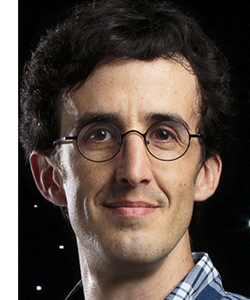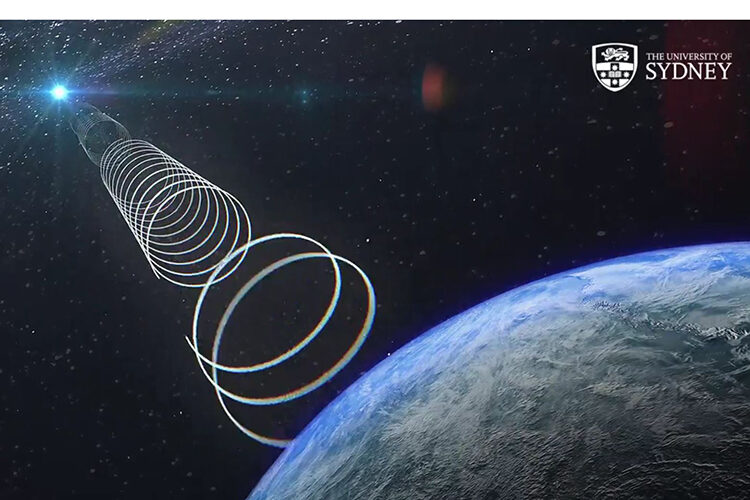An international team of astronomers that includes one from UWM has discovered unusual radio signals coming from the direction of the center of the Milky Way galaxy, but they don’t have any idea what the source is.
The pattern of the radio waves fits no currently understood variable radio source and could suggest a new class of stellar object.

“We’ve never seen anything like it,” said Ziteng Wang, lead author of the new study and a PhD student at the University of Sydney. David Kaplan, UWM professor of physics, is Wang’s doctoral co-supervisor.
“The strangest property of this new signal is that it is has a very high polarization,” Wang said. “This means its light oscillates in only one direction, but that direction rotates with time.”
The discovery of the object has been published Tuesday in The Astrophysical Journal.
Many types of stars emit variable light at frequencies in the radio wave range of the electromagnetic spectrum.

Wang and an international team, including scientists from Australia’s national science agency CSIRO, Germany, the United States, Canada, South Africa, Spain and France, discovered the object using the CSIRO’s ASKAP radio telescope in western Australia. Follow-up observations were with the South African Radio Astronomy Observatory’s MeerKAT telescope.
This object was unique in that it started out invisible, became bright, faded away and then reappeared, said Tara Murphy, professor in the School of Physics at the University of Sydney and Wang’s doctoral supervisor.

After detecting six radio signals from the source over nine months in 2020, the astronomers tried to find the object in visual light but found nothing. Then they tried the more sensitive MeerKAT radio telescope and observed the signal for 15 minutes every few weeks intermittently before it vanished.
“The information we do have has some parallels with another emerging class of mysterious objects known as galactic center radio transients (GCRTs), including one dubbed the ‘cosmic burper,’” Kaplan said. The first cosmic burper was observed in 2002.
“While our new object, ASKAP J173608.2-321635, does share some properties with GCRTs, there are also differences. And we don’t really understand those sources anyway, so this adds to the mystery.”






